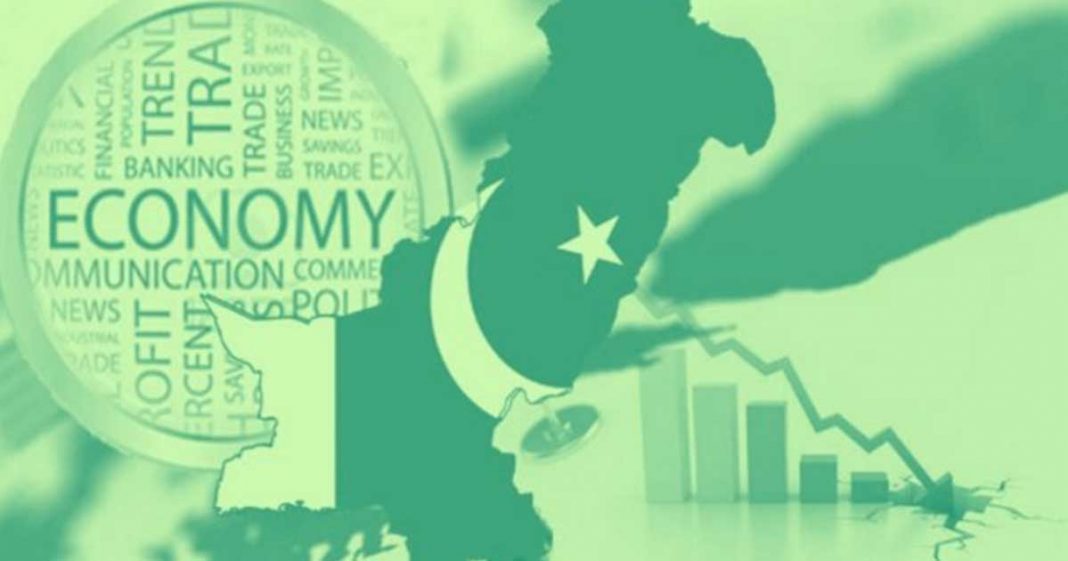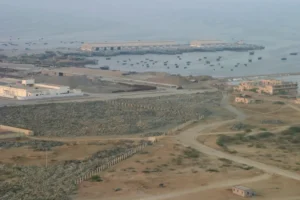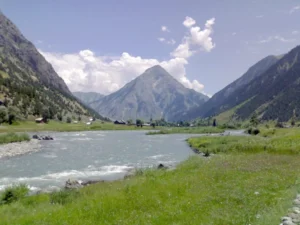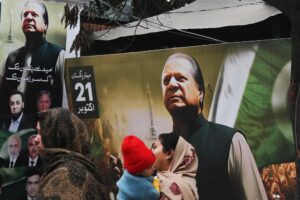The recent United States Congress Resolution 901 and the purported Operation Goldsmith have sparked heated debate and controversy, creating a picture of Pakistan that does not represent the realities of the country’s economic recovery. These actions, ostensibly intended to safeguard democracy and human rights, appear to be politically driven attempts at Pakistan’s growth rather than genuine measures to assist its people. This article attempts to refute these myths by emphasising Pakistan’s progress towards economic stability and prosperity, despite the hurdles given by external political forces.
The Alleged Political Manoeuvres
Resolution 901, while purportedly expressing support for democracy and human rights in Pakistan, raises questions about its timing and objectives. Regarding, Operation Goldsmith, according to sources at Pakistan’s Federal Investigation Agency (FIA), this operation is part of a larger campaign launched by the Pakistan Tehreek-e-Insaf (PTI) to apply international pressure on the Pakistani government. The FIA says that the PTI, with the help of abroad members and other players, has devised a campaign to exert diplomatic and human rights pressure on Pakistan. They claim that the goal of this effort is to secure concessions for the previous chairman of the PTI, so politicising Pakistan’s internal issues on a worldwide scale.
Furthermore, the FIA claims that this plan involves media operations to develop a gap between Pakistan’s military forces and civilians, falsely alleging a false flag operation on May 9 to manipulate public opinion and affect approaching elections. If accurate, such activities reflect a purposeful attempt to destabilise Pakistan’s political environment under the guise of democracy and human rights protection.
Economic Revival Amidst Political Turbulence
Despite these hurdles, Pakistan’s economic indices demonstrate resilience and recovery. One of the most positive signals is Pakistan’s steadily rising Gross Domestic Product (GDP), which the World Bank predicts will expand at 4.2% in fiscal year 2023-2024. This is a major increase over the previous year’s performance and demonstrates a strong economic base that can withstand external challenges.
Inflation had peaked at 38.42% in May 2023 but had been reduced to 17.23% by April 2024 as a result of a multifaceted approach that included tighter monetary policies and stronger import controls. This tremendous achievement provides much-needed relief for Pakistani consumers and companies while confirming the government’s commitment to economic stability.
The comeback of the Pakistan Stock Exchange (PSX) demonstrates increased investor confidence. The PSX has continually exceeded expectations, breaking through the important psychological barrier of 75,000 points. This spike in investor confidence, together with the KSE-100 Index’s strong gains, demonstrates Pakistan’s economic potential and appeal to both domestic and global investors.
Unlocking Foreign Investment
The formation of the Special Investment Facilitation Council (SIFC) in July 2023 has been a critical step in attracting Foreign Direct Investment (FDI). By expediting the investment process and creating a hospitable business climate, SIFC has obtained significant pledges from regional powerhouses such as Saudi Arabia, the United Arab Emirates (UAE), and Qatar. These billion-dollar investments will pump much-needed money into crucial industries, boosting development and providing job opportunities.
In April 2024, FDI inflows reached a 51-month high, up 172% from the same period the previous year. This strong rise demonstrates the effectiveness of SIFC’s strategic objectives, as well as foreign investors’ restored confidence in Pakistan’s economic future.
SIFC’s major projects include the creation of the Gwadar Free Zone, which attracted investments worth over $500 million, and the facilitation of the Thar Coal Mining Project, which attracted investments worth more than $2 billion.
Furthermore, the Karot Hydropower Project, which would cost $1.7 billion, will provide 720 MW of renewable electricity to Pakistan’s system by 2025. These projects not only improve Pakistan’s energy security but also contribute considerably to the country’s economic growth and sustainability.
Curbing Capital Flight and Smuggling
The Pakistani government, backed up by security agencies, has started a thorough battle against capital flight and smuggling. Stricter foreign exchange laws and a concerted anti-smuggling strategy have produced considerable benefits. The first quarter of 2024 saw a 20% drop in undocumented cash outflows and a 72% rise in the value of recovered smuggled products, demonstrating the effectiveness of these policies. These initiatives protect government income and promote a level playing field for genuine enterprises, resulting in a more stable economic climate.
Conclusion
Despite the obstacles provided by foreign political forces, Pakistan’s economic recovery is well underway. The country’s healthy GDP growth, controlled inflation, booming stock market, and increased foreign confidence point to a bright future. Strategic measures such as the SIFC and thorough anti-smuggling programmes have bolstered Pakistan’s economic base.
While Resolution 901 and the claimed Operation Goldsmith attempt to undermine Pakistan’s growth, the country’s economic comeback demonstrates its resilience and drive. With sustained collaboration between civil and military leadership, as well as the unshakeable spirit of its people, Pakistan is prepared to become a major player in the global economy. The route to economic stability and progress is difficult, but Pakistan’s determination and strategic vision promise a brighter future.




